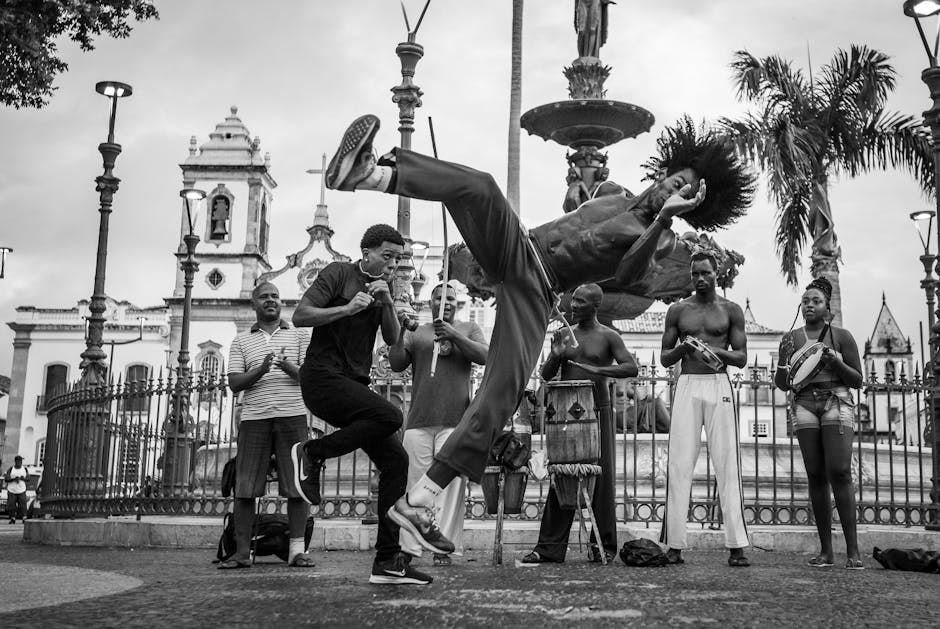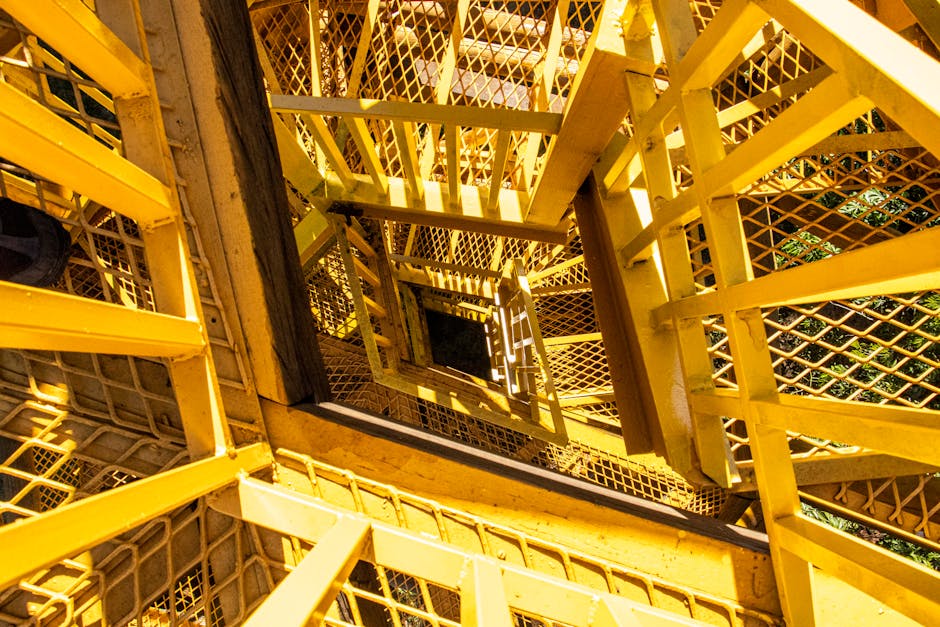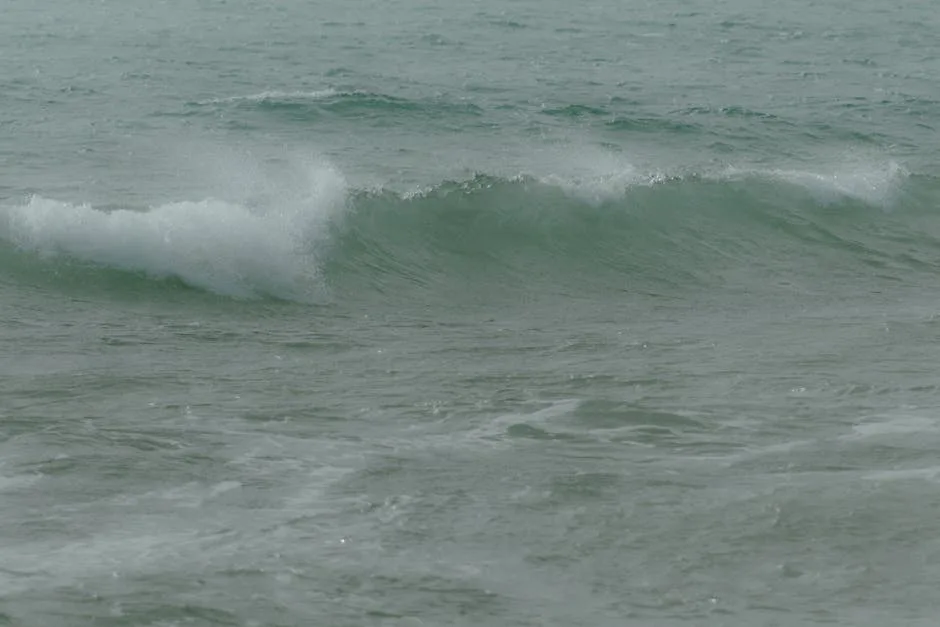Feel the Rhythm, Hear the History: Welcome to Salvador
Imagine stepping onto a cobblestone street, the air thick with the sweet, spicy scent of dendê oil and the distant, powerful beat of drums echoing between brightly colored colonial buildings. This isn’t just any city; this is Salvador, the capital of Bahia, and the undeniable heart of Afro-Brazilian culture. Often called the “Black Rome,” it’s a place where history isn’t just in museums—it’s alive in the music, the food, the faith, and the smiles of its people.
Forget everything you think you know about Brazil. Here, in its first capital, the soul of Africa was replanted on South American soil, and it blossomed into something entirely new, resilient, and breathtakingly beautiful. Getting to know Salvador is more than a vacation; it’s an immersive journey into the roots of a nation. So, let’s peel back the layers and discover the vibrant culture that makes this city so utterly captivating.
A City Forged in Struggle, Reborn in Spirit
You can’t talk about Salvador’s culture without acknowledging its profound and painful history. Founded by the Portuguese in 1549, it quickly became the first capital of colonial Brazil and, tragically, the largest slave port in the Americas. For centuries, millions of enslaved Africans were brought to these shores, primarily from West African regions like modern-day Nigeria, Benin, and Angola. They brought with them their traditions, their beliefs, their music, and their indomitable spirit.
This history is most palpable in the pelourinho, the city’s historic center and a UNESCO World Heritage site. The name itself, meaning “whipping post,” is a stark reminder of the brutality that occurred here. Yet, today, these same streets are a testament to resilience. The vibrant facades, bustling shops, and ever-present music are a powerful declaration that while the past is not forgotten, it does not define the present. Instead, it has fueled a cultural renaissance that is arguably the most vibrant in all of Brazil.
The Rhythms of Rebellion: Salvador’s Soundtrack
If Salvador has a heartbeat, it’s the sound of drums. Music here is not just entertainment; it’s a form of expression, protest, and celebration. It’s the thread that connects the past to the present.
Samba de Roda: The Circle of Joy
Long before samba became the glittering spectacle of Rio’s Carnival, it was born here in Bahia as Samba de Roda (“Samba in a Circle”). This more intimate, percussive style is a joyful gathering where participants clap, sing, and take turns dancing in the center of a circle. It’s a direct descendant of the social gatherings of enslaved Africans and remains a vital part of Bahian cultural life.
Olodum and the Blocos Afros
In the 1970s, a powerful movement emerged from the streets of Salvador: the Blocos Afros. These were more than just Carnival percussion groups; they were Black pride and civil rights movements set to a beat. The most famous of these is Olodum, whose powerful drumming style, known as samba-reggae, became internationally famous after appearing in Michael Jackson’s “They Don’t Care About Us” music video. Hearing their drums thunder through the Pelourinho during a rehearsal is a full-body experience you’ll never forget. It’s the sound of identity, resistance, and pure, unadulterated power.
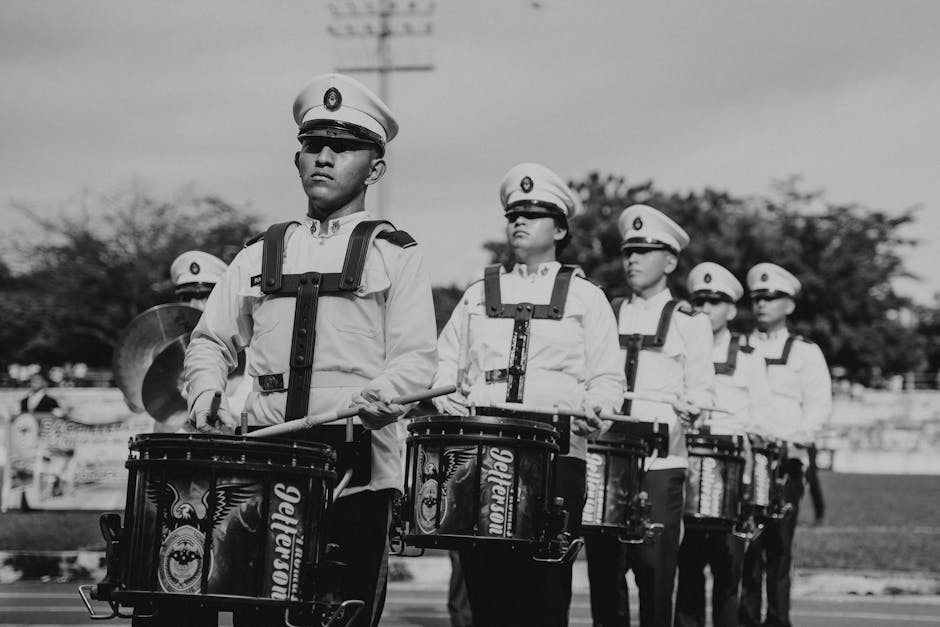
Faith and Resilience: The Spirit of Candomblé
To truly understand Salvador, you must understand Candomblé. This is not just a religion; it’s a worldview and a cultural anchor for millions of Afro-Brazilians. Born out of a necessity for survival, Candomblé syncretized the spiritual traditions of the Yoruba, Fon, and Bantu peoples with elements of Catholicism. This allowed enslaved Africans to continue worshiping their own deities (Orixás) under the guise of Catholic saints.
Each Orixá represents a force of nature—Iemanjá is the goddess of the sea, Xangô is the god of thunder and justice, Ogum is the god of war and iron. You’ll see their influence everywhere. The white clothes many locals wear on Fridays are a tribute to Oxalá, the father of all Orixás. The colorful ribbons tied to wrists and church gates (fitas do Senhor do Bonfim) are linked to wishes and the syncretic faith. Candomblé was a secret, preserved tradition for centuries, and its open practice today is a powerful symbol of cultural reclamation.
The Dance of Liberation: Understanding capoeira
Is it a dance? A fight? A game? Capoeira is all of these and more. This mesmerizing Afro-Brazilian art form is a beautiful and complex dialogue of movement, music, and strategy. It was developed by enslaved Africans as a way to practice self-defense and maintain their cultural traditions, cleverly disguised as a playful dance to fool their captors.
The heart of capoeira is the *roda*, or circle, where two *capoeiristas* engage in a fluid, acrobatic exchange of kicks, dodges, and sweeps. Their movements are dictated by the rhythm of the *berimbau*, a single-stringed musical bow that is the soul of the roda. Watching a capoeira roda in a Salvador plaza is to witness living history—a conversation of bodies that speaks of oppression, freedom, and cunning survival.
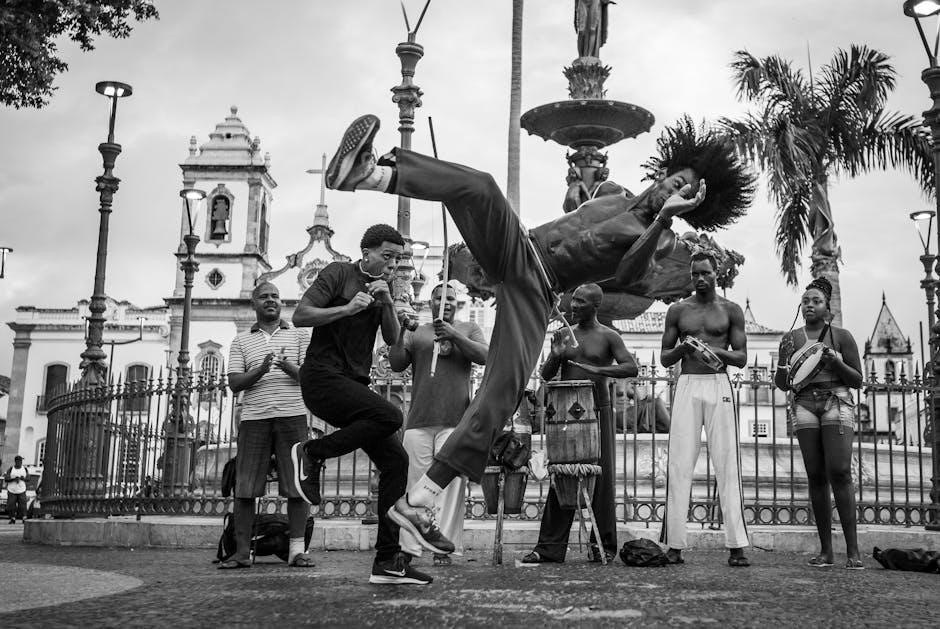
A Taste of Africa: Savoring Bahian Cuisine
Get ready for your taste buds to be transported. Bahian food is a delicious fusion of African, Indigenous, and Portuguese influences, and it’s unlike anything else in Brazil. The holy trinity of ingredients here is *azeite de dendê* (red palm oil), coconut milk, and peppers, which give the cuisine its distinctive color, aroma, and flavor.
Must-Try Dishes:
- Acarajé: The quintessential Bahian street food. It’s a fritter made from mashed black-eyed peas, deep-fried in dendê oil, then split open and stuffed with vatapá (a creamy shrimp paste), caruru (an okra stew), and fresh shrimp. It’s traditionally sold by Baianas de Acarajé, women in beautiful white dresses, and has deep roots as a ritual food in Candomblé.
- Moqueca Baiana: A heavenly seafood stew, slowly cooked in a clay pot with coconut milk, dendê oil, onions, tomatoes, and peppers. It’s richer and more fragrant than its southern cousin (the Moqueca Capixaba) and is the ultimate comfort food.
- Vatapá: A creamy, rich paste made from bread, shrimp, coconut milk, ground nuts, and dendê oil. It’s often served as a side dish or as a filling for acarajé.
Walking Through Living History: The Pelourinho
We’ve mentioned it throughout, but the Pelourinho deserves its own spotlight. Walking its steep, winding cobblestone streets is like stepping into a painting. The rainbow of restored 17th and 18th-century colonial buildings houses art galleries, cafes, restaurants, and shops. The area is a hub of constant activity.
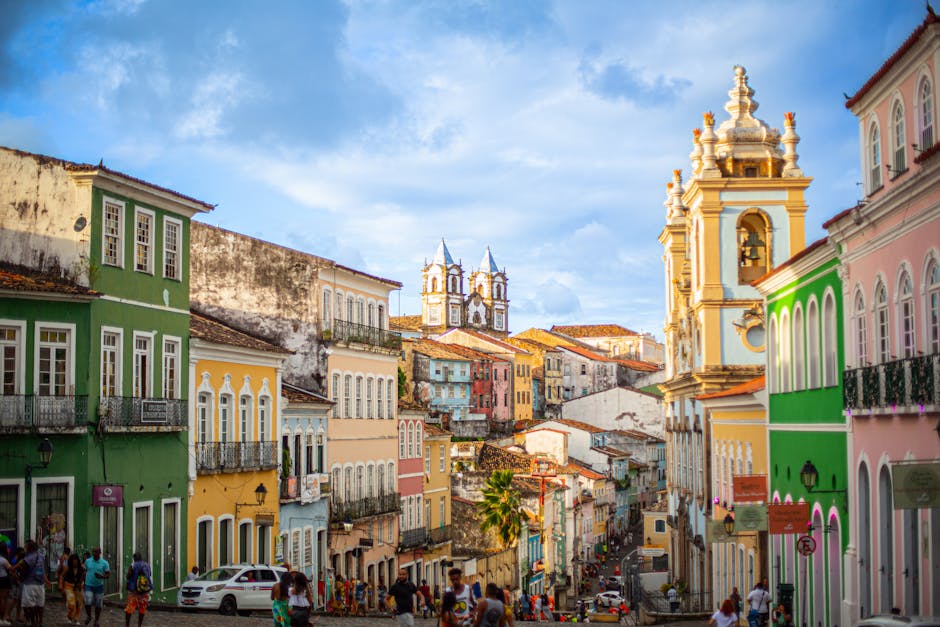
One minute you’re admiring the opulent gold-leaf interior of the São Francisco Church, a stunning example of Brazilian Baroque architecture. The next, you’re drawn down an alley by the sound of a capoeira roda or the infectious rhythm of a drumming rehearsal. It’s here that you can feel the city’s pulse most intensely. Yes, it can be touristy, but it’s the undeniable epicenter of Salvador’s cultural life and a place where every corner has a story to tell.
How to Immerse Yourself: Tips for Your Journey
Experiencing Salvador’s culture isn’t a passive activity. It’s about engaging, listening, and participating respectfully.
- Take a Guided Tour: Hire a local guide, especially in the Pelourinho. They can provide historical context and personal stories that bring the city to life in a way a guidebook never could.
- See a Show: The Balé Folclórico da Bahia offers a spectacular performance that brings the region’s dances, music, and traditions to the stage in a single, electrifying show.
- Try a Workshop: Many places offer introductory classes in capoeira, samba, or percussion. It’s a fantastic way to connect with the culture on a deeper level.
- Eat with Intention: When you buy an acarajé from a Baiana, you’re not just buying a snack; you’re supporting a cultural tradition passed down through generations. Savor it.
- Listen and Learn: Be open, be curious, and be respectful. Salvador’s culture is born from a history of immense pain and incredible strength. Approaching it with humility and a genuine desire to learn will enrich your experience immeasurably.
A trip to Salvador is a journey for the senses and the soul. It challenges you, it moves you, and it fills you with an appreciation for a culture that refused to be extinguished. It’s a place that will stay with you long after the scent of dendê oil has faded and the sound of the drums has softened to a memory.

